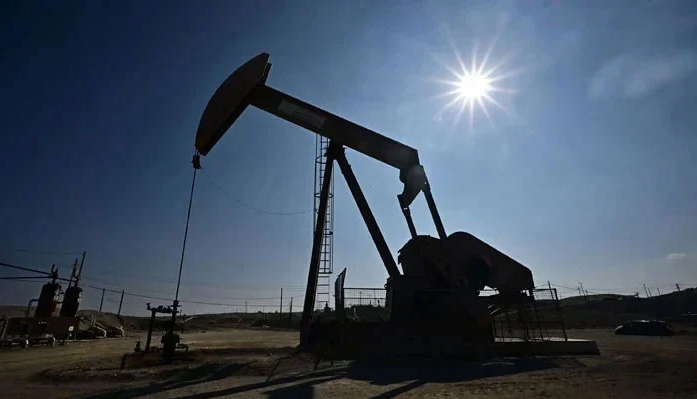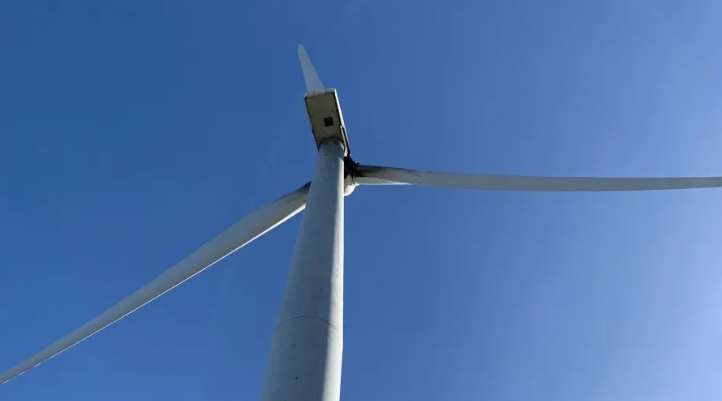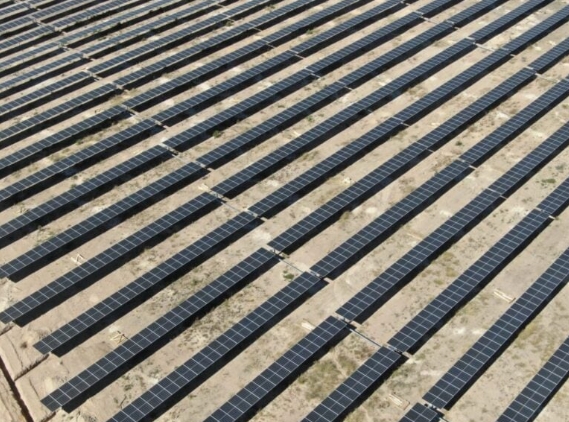
Earlier this month, Russia said it would cut its oil output and exports by an additional 471,000 barrels per day (bpd) in the second quarter in coordination with some OPEC+ participating countries.
Novak also told reporters that Russian oil companies will reduce production in proportion to their share of the country's total oil output.
Russia plans to gradually ease export cuts: in April, it will reduce output by an extra 350,000 bpd, with exports cut by 121,000 bpd. In May, the extra output cut will be 400,000 bpd and exports cut by 71,000 bpd. In June, all the additional cuts will be from oil output.
The world's second-largest global oil exporter has been cutting crude oil and fuel exports by a combined 500,000 bpd in the first quarter, in addition to its previous pledge to curtail production alongside other members of the OPEC+ grouping.
Russia's move to reduce more oil production, not exports, was an unexpected move. JP Morgan, which earlier this month called it a surprising shift in strategy, said if Russia delivered on the promised cuts, the country's production of crude oil should decline to 9 million barrels per day (bpd) by June, matching Saudi Arabia's output.
Russia currently produces around 9.5 million bpd of crude oil. "This is a measure (deepening of production cuts) is taken so that all the countries contribute equally (to production cuts under the OPEC+ deal)," Novak said.
"As you remember, we did not reduce (production) by the volume, by the percentage that other countries reduced. We had a reduction in exports. The moment has come when, instead of exports, we are reducing production," he added.
Industry sources told Reuters on Monday that Russia's government has ordered companies to reduce oil output in the second quarter to ensure they meet a production target of 9 million bpd by the end of June in line with its pledges to OPEC+.
The oil markets are increasingly putting their trust into OPEC+ production cuts to remain in place throughout this year, a feat which combined with an improving macroeconomic outlook could bring $90 per barrel sooner than assumed.
A better-than-expected Q4 for US GDP will most probably consolidate market expectations around a June interest rate cut, leaving behind the demand woes of early 2024. ICE Brent is set to close the week around the $87 per barrel mark, whilst WTI is trading around $83 per barrel. On the week, Brent rose 2.4 percent and WTI gained about 3.2 percent. Both benchmarks finished higher for a third consecutive month.







